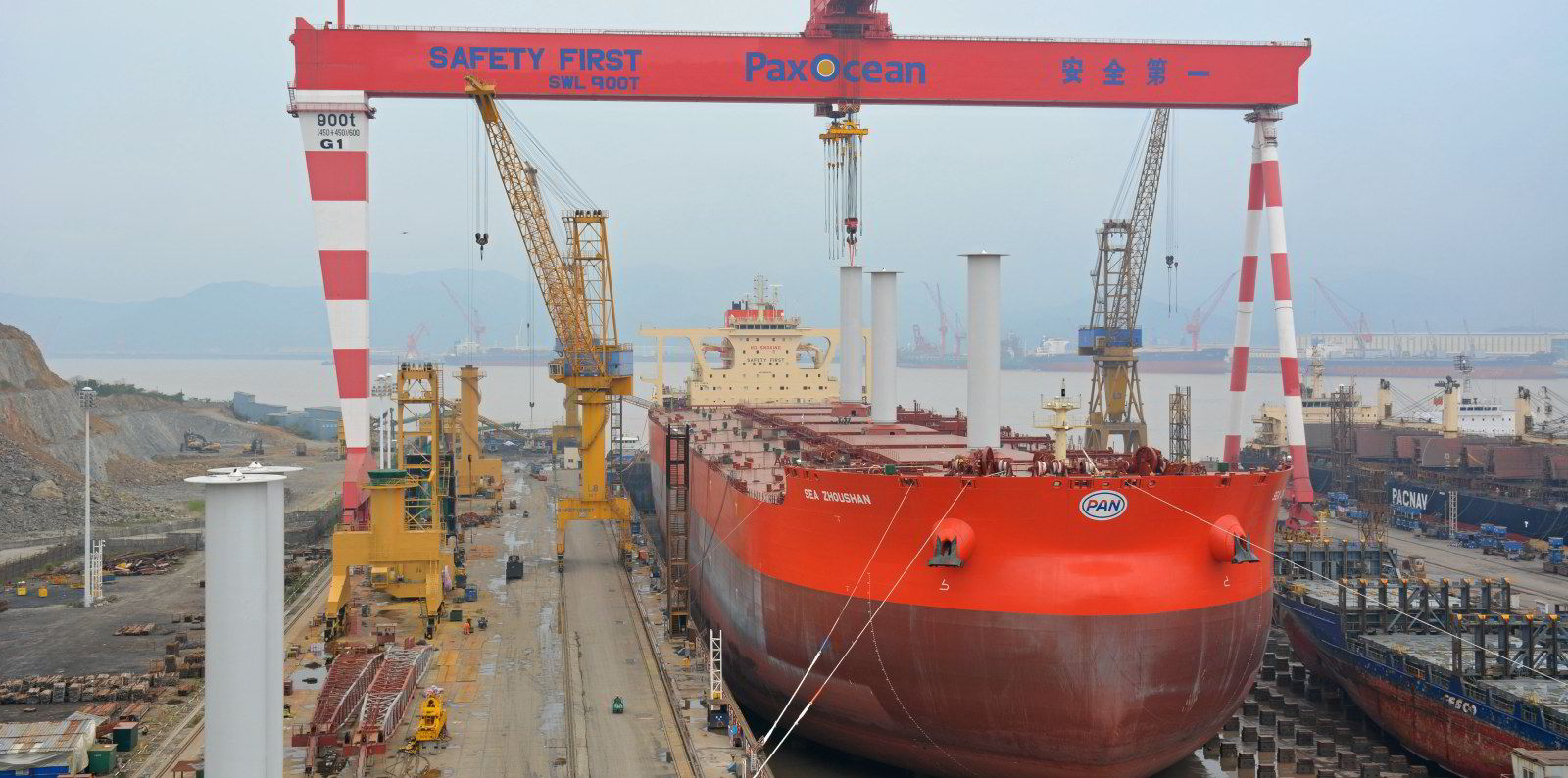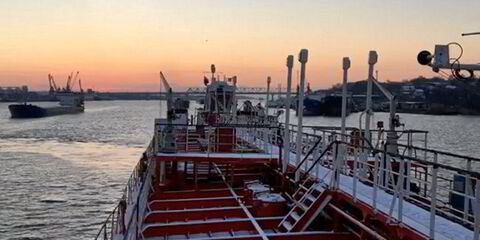It has been a century since Anton Flettner invented the rotor sails that carry his name, but now they are taking off, as are other wind propulsion and wind assistance technologies.
This story is part of a TradeWinds Business Focus exploring shipping companies that are early adopters across a range of green shipping technologies and fuels.
Data from the International Windship Association shows that 23 large vessels have wind systems installed — including Flettner rotors, sails and kits. That could rise to 49 this year if all pending installations go through as planned, although logistics and yard delays may push some of those into 2024.
Among those that have moved beyond trialling wind technologies and are ready to take it to the prime time is Brazilian mining giant Vale.
TradeWinds was first to report in December that the Rio de Janeiro company, the major player in the iron ore trade between Brazil and China, has launched a tender for an unspecified number of giant, 325,000-dwt Guaibamax bulk carriers that will feature five rotor sails.
The VLOCs will also run on methanol. The combination of the alternative fuel and wind, the company believes, equates to a 90% reduction in well-to-wake greenhouse gas emissions, if Vale can procure green methanol.
Meanwhile, Japan’s Mitsui OSK Lines has taken delivery of its first bulker with a telescopic hard sail and has ordered a second that may combine it with rotor sails. Tokyo peer K Line has focused on kites, with a deal with AirSeas that could see it fit up to 50 across its fleet. And Cargill and Berge Bulk are both involved in high-profile wind propulsion trials.



